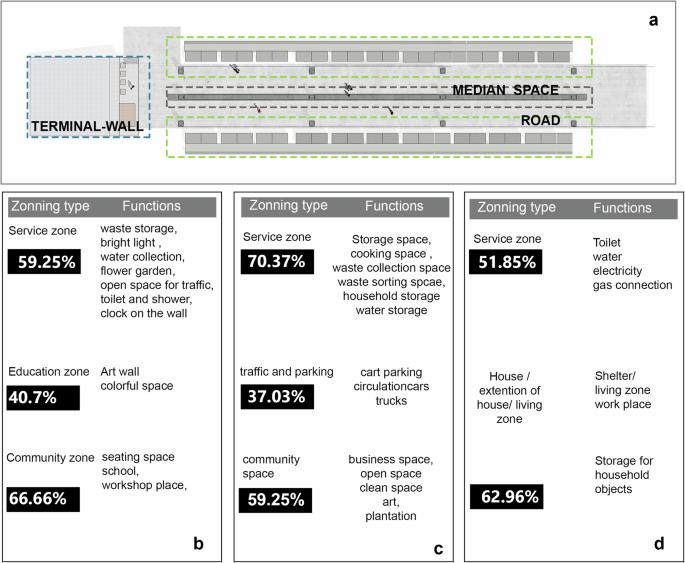Post construction infrastructural adaptation of social practices in Dhaka’s under flyover spaces
IF 8.8
Q1 ENVIRONMENTAL STUDIES
引用次数: 0
Abstract
Transportation infrastructures often impose a rigid and controlled formation over the organic dynamism of urban areas. This blend of infrastructure and urban context redefines transportation systems beyond their purely functional roles, creating opportunities for new land uses, social interactions in the spaces beneath them. The management and adaptation of these urban void spaces under elevated infrastructure can become either assets or liabilities, particularly under the unique conditions prevalent in the Global South Megacities. Using participatory action research datasets and zoning models, this study explores the spatial relationships between physical infrastructure and its contextually accommodating opportunities. This article highlights how the squatter community under the Tejgaon-Nabisco Flyover in Dhaka, Bangladesh, autonomously organizes and utilizes these spaces, fostering adaptive place-making and developing local economic practices supported by the flyover’s structural elements.

达卡立交桥下空间的基础设施建设后社会实践调整
交通基础设施通常会对城市地区的有机活力强加一种僵硬和受控的形式。这种基础设施与城市环境的融合重新定义了交通系统,使其超越了纯粹的功能性作用,为新的土地用途、其下空间的社会互动创造了机会。高架基础设施下的这些城市空隙空间的管理和适应既可以成为资产,也可以成为负债,尤其是在全球南部特大城市普遍存在的独特条件下。本研究利用参与式行动研究数据集和分区模型,探讨了有形基础设施与其环境适应机会之间的空间关系。本文重点介绍了孟加拉国达卡 Tejgaon-Nabisco 立交桥下的棚户区如何自主组织和利用这些空间,在立交桥结构元素的支持下,促进适应性场所营造并发展当地经济实践。
本文章由计算机程序翻译,如有差异,请以英文原文为准。
求助全文
约1分钟内获得全文
求助全文

 求助内容:
求助内容: 应助结果提醒方式:
应助结果提醒方式:


